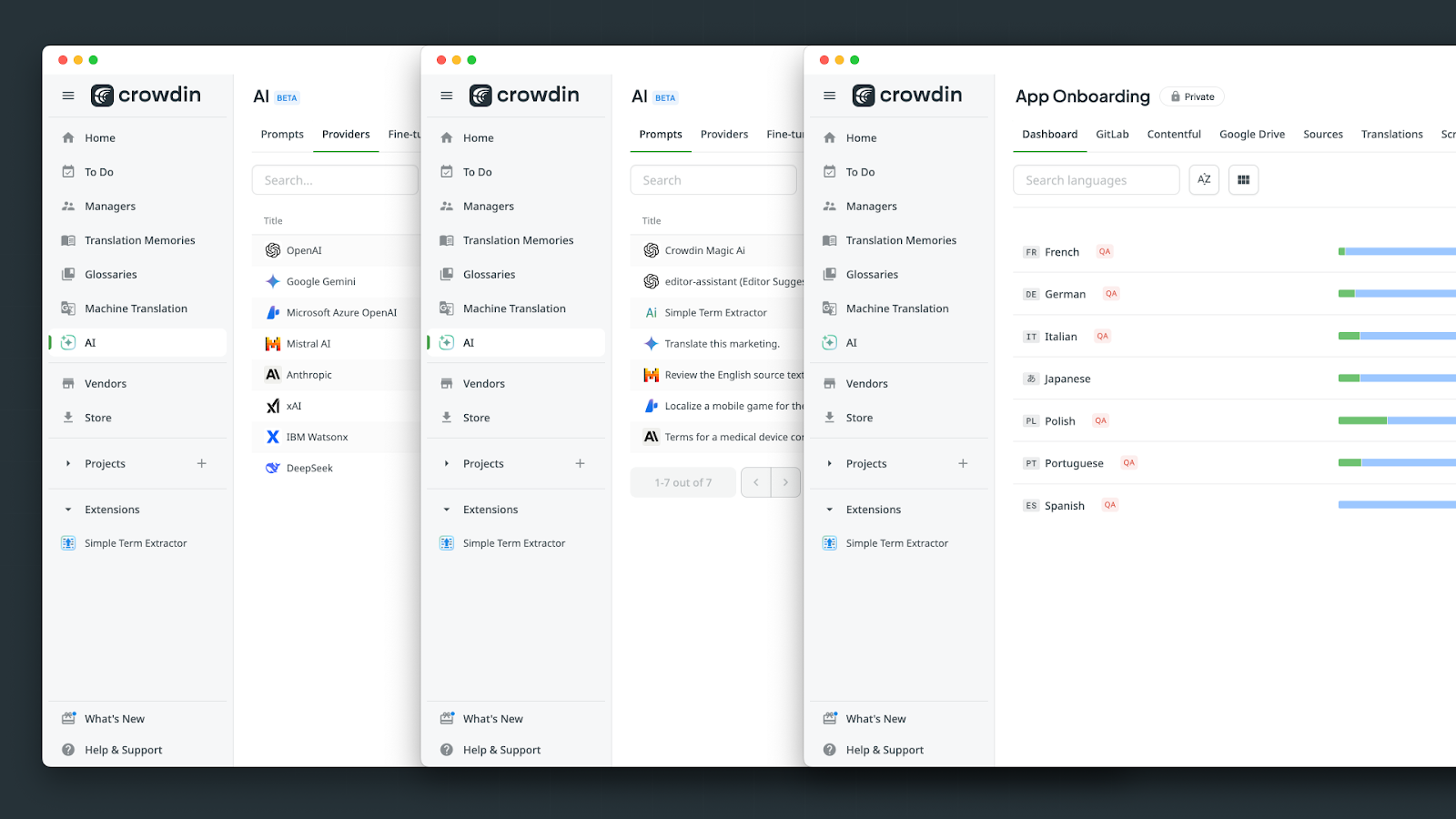Microsoft Releases Microsoft Azure Automation Preview, Offers Orchestration As A Service
2 min. read
Published on
Read our disclosure page to find out how can you help MSPoweruser sustain the editorial team Read more
Along with the announcements about big data and insights, Microsoft today released the preview of a powerful new Azure service: Microsoft Azure Automation. With Azure Automation, Microoft has combined the scalability, reliability, and availability of the Azure platform with the management capabilities of System Center.
Azure Automation looks and functions similarly online in Azure as SMA does on-prem in the Windows Azure Pack – but it has been built specifically for cloud-based app/workload management. This means that you can automate the management of your public cloud resources using PowerShell, without an on-prem connection at any point in the process. And because Azure Automation operates as a service, there’s no installation, configuration, or maintenance of the service necessary to get (and stay) up and running.
Azure Automation allows for powerful integration, automation, and orchestration that has until now been nearly impossible to do at scale:
- Integrate: Build new and import existing Windows PowerShell modules that connect to cloud services to enable integration across Microsoft Azure and the third-party systems you depend on. Azure Automation provides out of box support for management of many Azure services, including: Web Sites, Cloud Services, Virtual Machines, Storage, and SQL Server
- Automate: Let Azure Automation handle all of the manual, long-running, error-prone, and frequently repeated tasks you take in your cloud operations across Azure and third-party systems. Leverage Azure Automation to free up your own time to focus on work that adds business value.
- Orchestrate: Lower operational expenses, decrease time to value, and avoid mistakes by taking advantage of a highly available, reliable, and tenant isolated service to orchestrate processes that span systems. Take advantage of the resumability of PowerShell Workflow to checkpoint and recover mid-execution in the event of network, system, or service errors. Think of it as Orchestration as a Service.
You can visit the Azure Automation site for more information.









User forum
0 messages